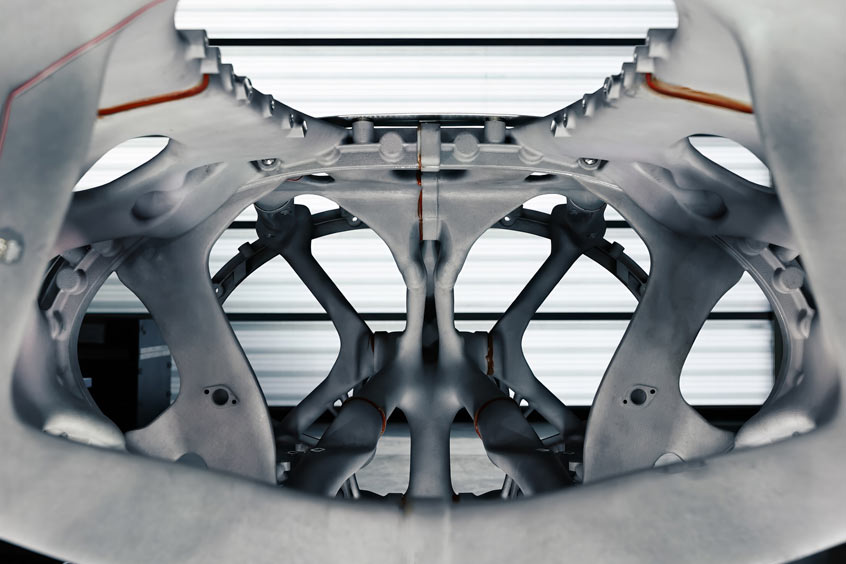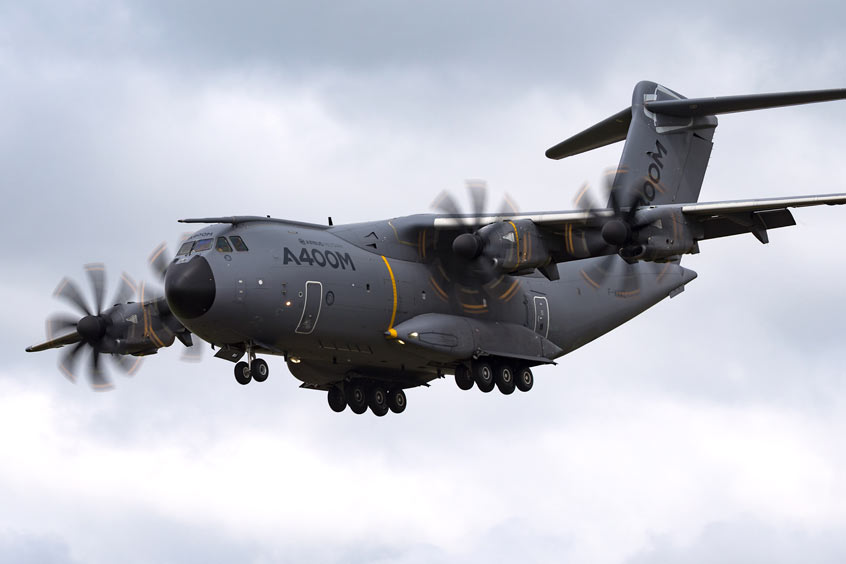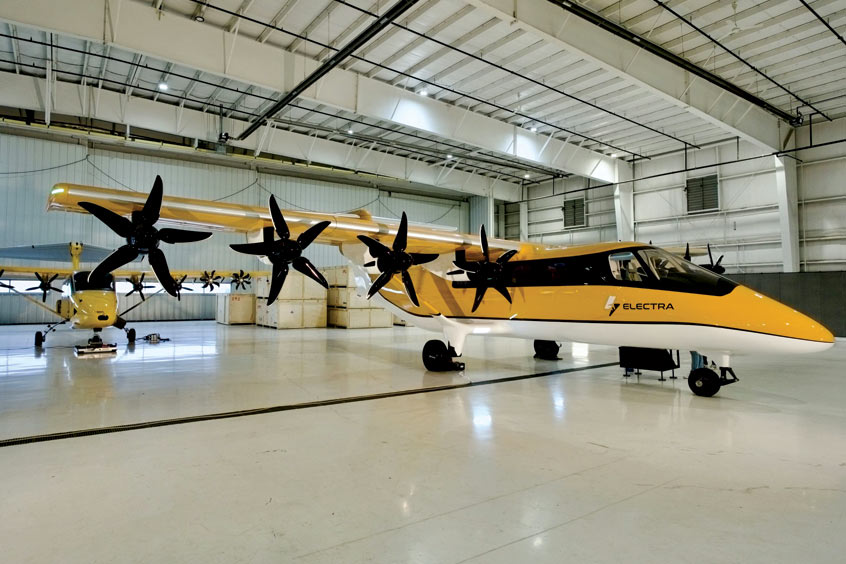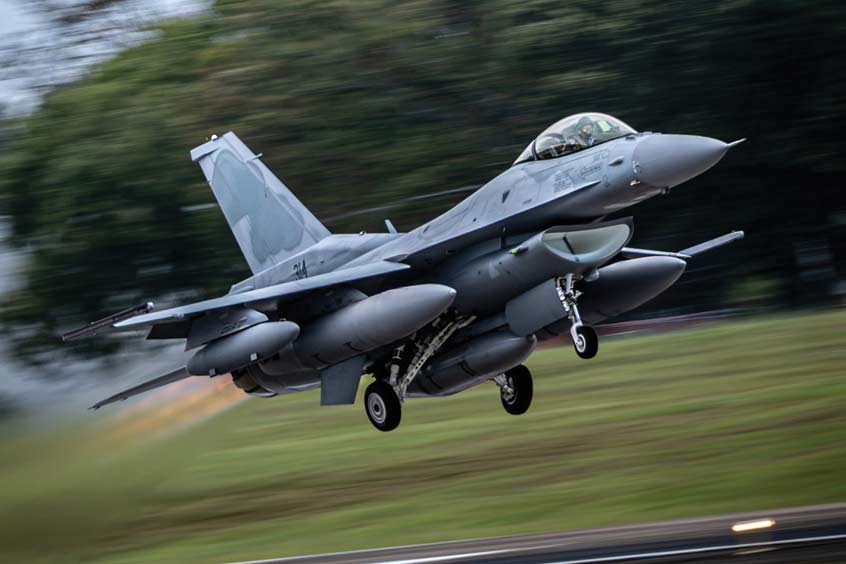The European consortium FORMOSA has come to an end, having developed a new solution for the mobile surfaces of the wing that reduces fuel consumption and improves performance during flight. It was launched in 2020 to redesign the wing control surfaces of the NextGen Civil TiltRotor produced by Leonardo.
The new configuration has proved capable of reducing the wake load on the wings in helicopter mode (-9% compared to the original design) allowing reduced fuel consumption during vertical take-off and landing manoeuvres. In addition, a significant improvement in roll performance was achieved during flight in aeroplane mode, thanks to a 25 per cent reduction in the time-to-bank, the time needed to reach the required turning angle.
The NextGen Civil TiltRotor is a technology demonstrator designed by Leonardo as part of the European Clean Sky 2 programme and created to meet, among other things, the growing need for air mobility in densely populated urban areas, offering the opportunity to take off and land vertically like a helicopter, together with the high speed and long distance capability typical of aeroplanes.
In order to improve the aircraft performance, Leonardo promoted the development of a unique and innovative solution for the wing's moving surfaces, capable of incorporating multiple functions, reducing the weight of the aircraft and the complexity of the control system and thus, ultimately, the emissions produced by the during missions.
The new configuration presented by the FORMOSA consortium took up the challenge and realised a special wing that includes more effective moving surfaces controlled by a new actuation system, which will be flight-tested as part of Clean Sky 2. The new calculation methods made it possible to correctly determine the airflow on the wing, which is affected by the aerodynamic interference of the rotors not only during stationary flight phases but also and especially during manoeuvring phases.
The technology developed by FORMOSA opens up the possibility of further optimisations including, in addition to flight in helicopter or aeroplane mode, tiltrotor flight configurations for short take-off, landing and approach.
The FORMOSA (FunctiOnal aiRcraft MOveable SurfAces) consortium consists of a group of young researchers from Politecnico di Milano and a team of engineers from the Portuguese company CEiiA (Centre of Engineering and Product Development). The project, coordinated by Prof. Vincenzo Muscarello, was funded by the project Clean Sky 2 (a partnership between the European Commission and the European aeronautics industry), one of the objectives of which is to build new generation aircraft that are less polluting.
| Contact details from our directory: | |
| Politecnico di Milano | Helicopter Rotors, Research/Consulting Services, Wings |
| CEiiA | Airframer |
| Leonardo Helicopters | Airframer |
| Related aircraft programs: |
| Leonardo NextGen Civil TiltRotor (NGCTR) |
| Related directory sectors: |
| Rotors & Propellers |
| Design |
| Airframe Assemblies |
Weekly news by email:
See the latest Bulletin, and sign up free‑of‑charge for future editions.

Saab advances digital manufacturing with autonomous fuselage

Airbus deploys Stratasys printed parts for A320, A350 and A400M

Electra kicks off Part 23 application for hybrid-electric EL9
